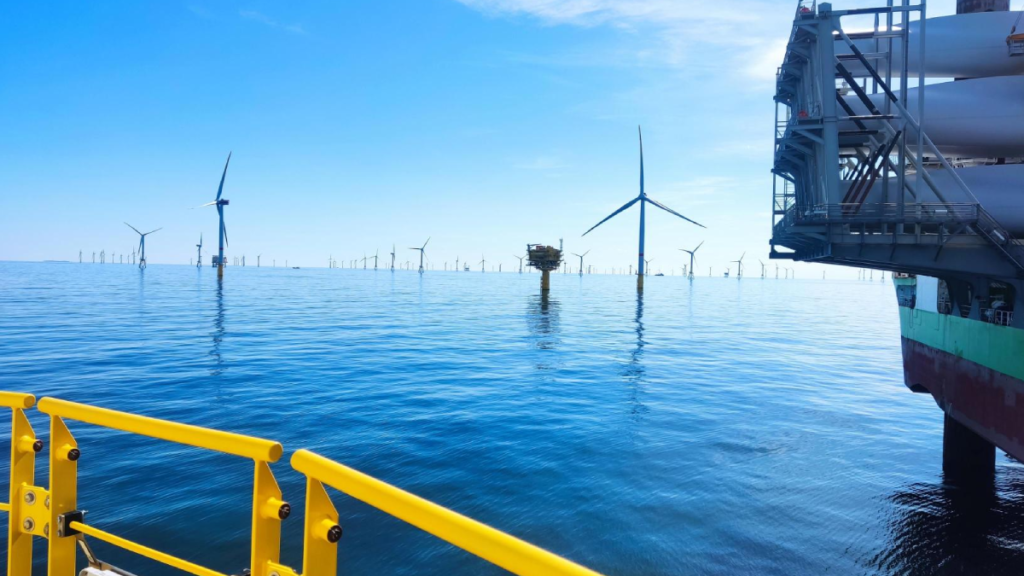News
It’s time for wind energy to go the extra mile
Europe experienced the worst wind energy crisis in 2022. So, it’s time to accelerate the transition to clean energy. Will we reach the goals for 2030?

In 2022, Europe went through one of the worst wind energy crises we can remember. We’ve experienced an armed conflict between Russia and Ukraine, energy costs increased rapidly, and energy security became more important than ever. While this conflict prompted European leaders to have new energy sources, it also delayed the installation of new wind energy projects due to a lack of permitting and an increase in materials costs.
2022 industry facts and figures
According to the WindEurope Statistics report, Europe installed 19 GW of wind power capacity last year. Germany (2.7 GW) led the new wind energy installations, representing almost 90% of the new onshore capacity. The Kaskasi Offshore Wind Farm, where Endiprev supported Siemens Gamesa on its installation, was connected to the grid. Sweden (2.4 GW), Finland (2.4 GW), and Poland (1.5 GW) all registered record installations last year.
France (2.1 GW) was also in the top five European countries, having its first large-scale offshore project, the Saint-Nazaire Wind Farm. Endiprev was the main engineering service provider on the Installation and Commissioning of this offshore wind farm. Overall, offshore installations represented 13% of the new installed capacity in Europe. These wind energy projects were led by the UK (1.2 GW), followed by France (0.5 GW), the Netherlands (0.4 GW), Germany (0.3 GW), and Italy (30 MW).
Despite being a record year, with an increase of 4% in wind energy capacity compared to 2021, it wasn’t devoid of its challenges. The difficulties caused by the economic situation and the supply chain constraints were the main bottlenecks. Because of this, these numbers were below what was expected to happen to meet the 2030 Climate and Energy goals.
Can wind energy in Europe keep up the pace to meet 2030 goals?
The scenario laid out by WindEurope is not ideal. In 2023, Europe is expected to have 19.4 GW of new capacity installations. That is a small increase compared to 2022 and relied mainly on new wind energy offshore projects. Between 2023 and 2027, new projects are expected to settle at an average rate of 19.6 GW. If proven true, this is far less than the necessary 31 GW per year to meet energy and climate targets in Europe.
At WindEurope Annual Event 2023, several key players will be discussing the challenges the European wind energy industry will face in the next years. That’s why the event motto this year is built around what we need to focus on, such as:
- Accelerate permitting.
- Reinforce the supply chain.
- Modernize the grid.
- Electrify the economy.
Endiprev is ready to contribute to the targets of wind energy in Europe, together with wind turbine manufacturers and other industry stakeholders. We are focused on bringing more people on board and expanding our specialized workforce. Our teams in Portugal, France, and the UK are ready to go the extra mile to meet the industry targets.
Now, more than ever, it’s crucial to deliver clean, reliable, and affordable energy. With 14 years of experience, Endiprev will continue to contribute to the strengthening of the European supply chain.